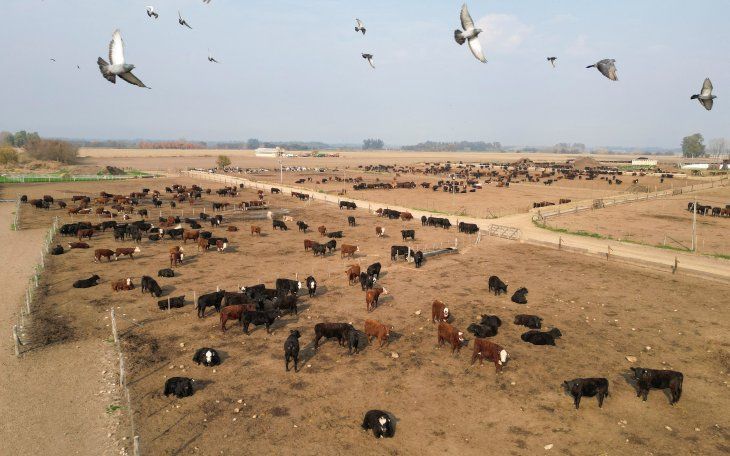The Rosario Stock Exchange stated that the agricultural sector contributed US$2.66 billion through DEX, which represented an increase of more than 160% year-on-year in a year of drought. However, if compared to previous years, there was less revenue.
The collection for Withholdings on the agricultural sector It doubled in the first half of the year compared to the same period in 2023 but was below the records of 2021 and 2022, according to a report prepared by the Rosario Stock Exchange (BCR).
The content you want to access is exclusive for subscribers.
The entity estimated that between January and June, the agricultural sector contributed US$2.66 billion in Export Duties (DEX) to the Treasury’s coffers, which is 160% more than the contribution of the first six months of 2023, with an estimated US$1.153 billion in that period.


The analysis linked the increase in the payment of the tax to the productive recovery after the effects of the drought that affected the agricultural campaign during 2023, while explaining the decrease in revenue compared to the previous two years to the calendar passed by a lower export volume and falling international prices.
meat cows cattle field

The analysis was prepared by the Rosario Stock Exchange and highlights the contribution of the countryside to the State
Reuters
In this regard, the BCR indicated that “despite the notable year-on-year recovery, if compared to previous years, this figure is below the 4 billion dollars collected by this means in the first six months of 2021 and 2022″ and maintained that “this can be explained by both a greater volume of grain recorded for export in those years, as well as better export prices.”
Regarding the current lower volume, the report detailed that “in the first half of the year, sworn declarations of foreign sales (DJVE) were made for 16.2 Mt considering both beans, flour and oil, well above the slightly more than 10 Mt of the same period last year but below the 18 Mt of the first half of 2022 and the 22 Mt of the first half of 2021.”
Field: what is the expectation for international prices?
When referencing the fall in international prices, The analysis indicated that “official FOB prices for soybeans, soybean meal and soybean oil in the first half of 2024 were, respectively, 21%, 24% and 15% below the average FOB prices for the first half of 2023 and 32%, 20% and 46% below the first half of 2022.”
Regarding the projection for the remainder of the year, based on the current estimated volumes and current FOB prices and taking the average DJVE distribution of the last five campaigns, the BCR projects that “the total contribution by DEX of the main agricultural complexes will reach US$6.17 billion in 2024, more than double what was contributed in 2023 but considerably below the figures for 2021 and 2022.”
Source: Ambito




